I've been resisting wiring up my home network because, well, I hate wires. But I can't deny the benefits that 10 GbE has brought to my network, so it was definitely time to start wiring things up. This was made easier with a prosumer stack due to one key feature: Power-over-Ethernet (PoE). Or more specifically, for the managed switch I picked up, PoE++.
That's a game-changer for easily routing things like wireless access points (APs), or adding additional switches to other rooms and floors without having to find power sockets, and I'm here for it. The switch I ended up with has eight PoE++ 2.5GbE ports, which can carry up to 60W each up to a total of 180W draw. With each wireless access point (AP) I have, I use 45W or less, which means I only have to worry about the Ethernet cable, and my home already has those installed through the walls.
It also gives me a foundation for future smart home adventures. I've some solar-powered security cameras outside, but the camera feed isn't very good, and I'd much rather have wired cameras that feed into an NVR. With PoE, I won't have to worry about running two wires to them or finding a power supply. I can run one Ethernet cable and be done. I can fix the terrible Wi-Fi signal of my video doorbell by using a PoE version instead. And with a few Raspberry Pi Hats, I can power those with PoE as well, and have my ad blocker, DNS servers, and other services all handled by a single point of power.
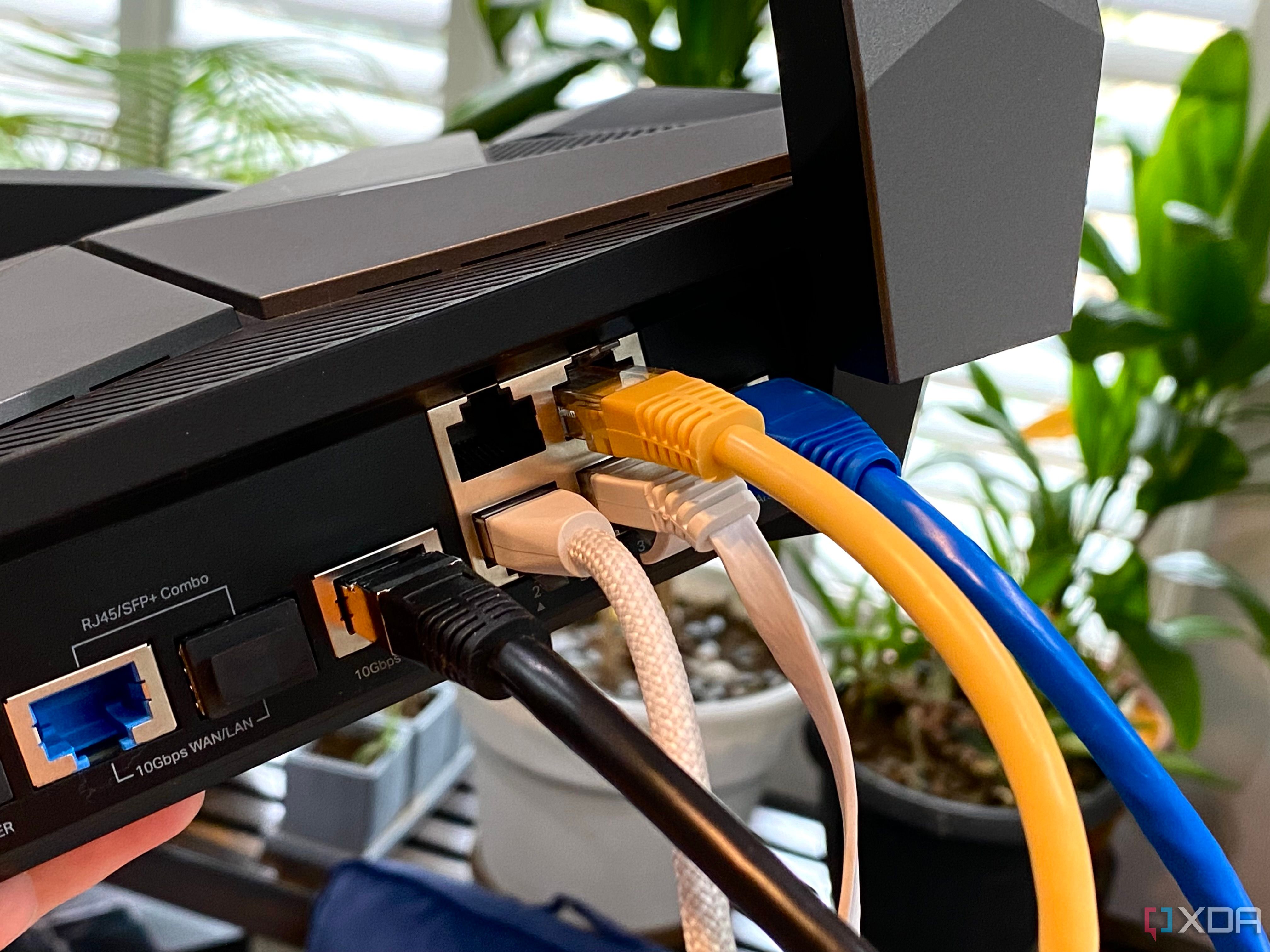
Related
4 reasons you should set up Power over Ethernet for your home lab
If your home lab is jam-packed with multiple smart devices, you might want to invest in PoE provisions
4 Centralized power source
Plus, I can back it up with a single UPS
I like having the majority of my networking stack in one place. It's easier to manage, easier to maintain, and easier to hide away for that all-important wife-approval factor. It's also essential equipment and services for my household, and I want it to continue running in case of brownouts or blackouts. It might be a newly built home, but the neighborhood is old, and so are the utilities. We experience frequent brownouts, and on some days, my UPS never stops clicking on and off. I don't want this to cause data loss while backing up devices over the network or when accessing data on the NAS, and so on.
Every brownout means disrupted network communications, glitched video feeds from my cameras, potential data loss, and more. By using PoE, I can power my network from a single location, backed up by an uninterruptible power supply, so that even in the event of an extended blackout, data transfers can complete and be written to disk before a shutdown is initiated on my servers and NAS. Plus I don't have to worry about DC power adapters or other power cables, because it's all taken care of over Ethernet.
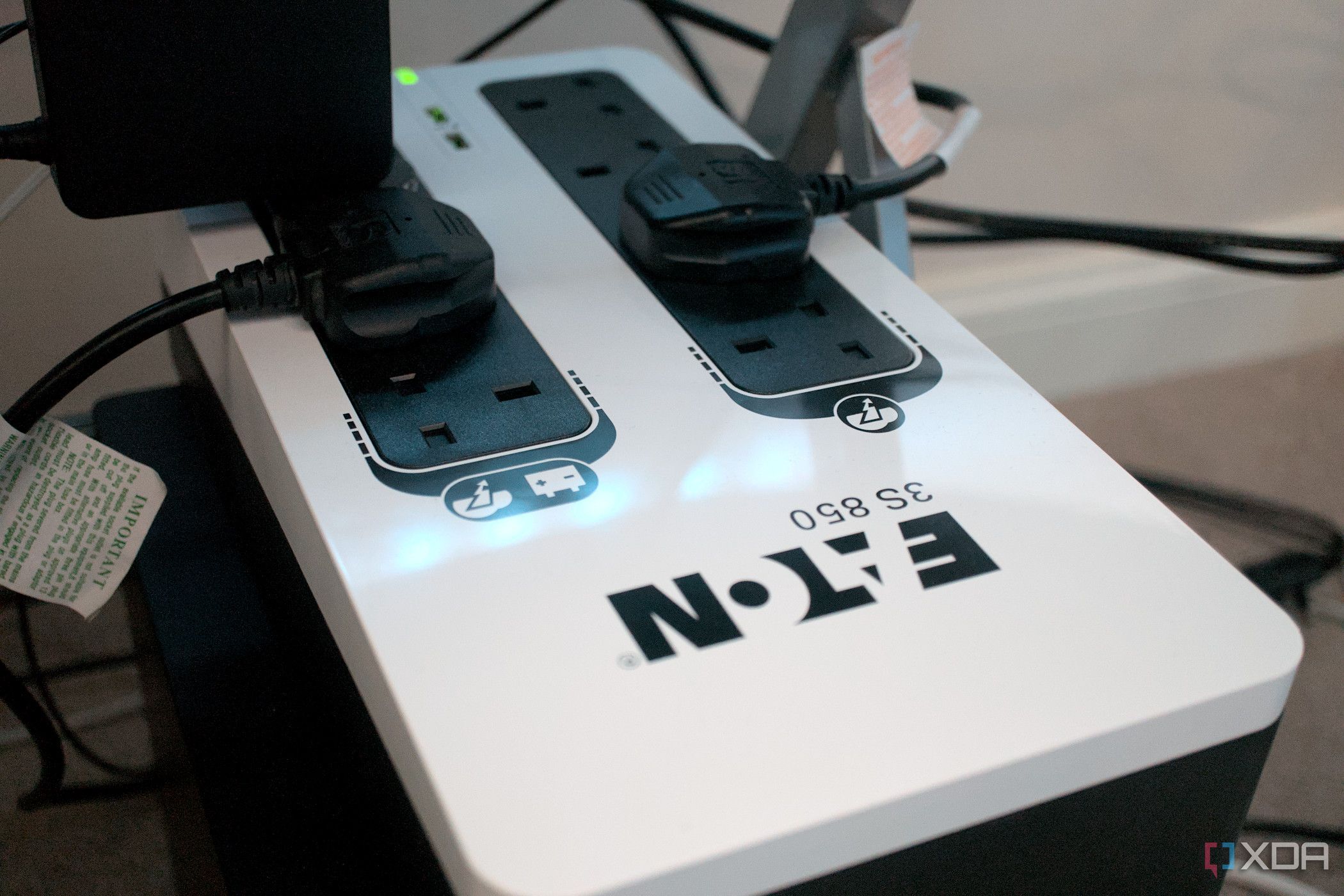
Related
4 reasons a UPS should be the next investment in your home lab
A UPS may not seem very appealing at first glance, but it's a highly useful device for home lab enthusiasts
3 Flexibility in device placement
Only having to route one cable per appliance is freedom personified
I've never liked having to cut holes in the drywall to pull cables. It's always a pain, and you find the bad building practices of previous owners haunt you. Mind you, it's nowhere near as bad as having to chase channels in brick walls, like I've done previously, but I digress. One of the best ways to extend a wireless signal to multiple floors or distant parts of a home is by running Ethernet to the area and setting up an access point. That's not in contention here; the method is.
Every access point needs power, and there are never enough wall sockets in any room in any home I've lived in. Additionally, DC adapters typically have shorter cables, and the wall wart is often wide, covering more than one socket on a power strip. It's a pain, to say nothing about having to replace power adapters down the line when they break. PoE circumvents all of that, because I can now drag one cable through to where I want, hang my AP, and get on with my day.
2 Enhanced safety
Running 48V is far safer than mains electricity
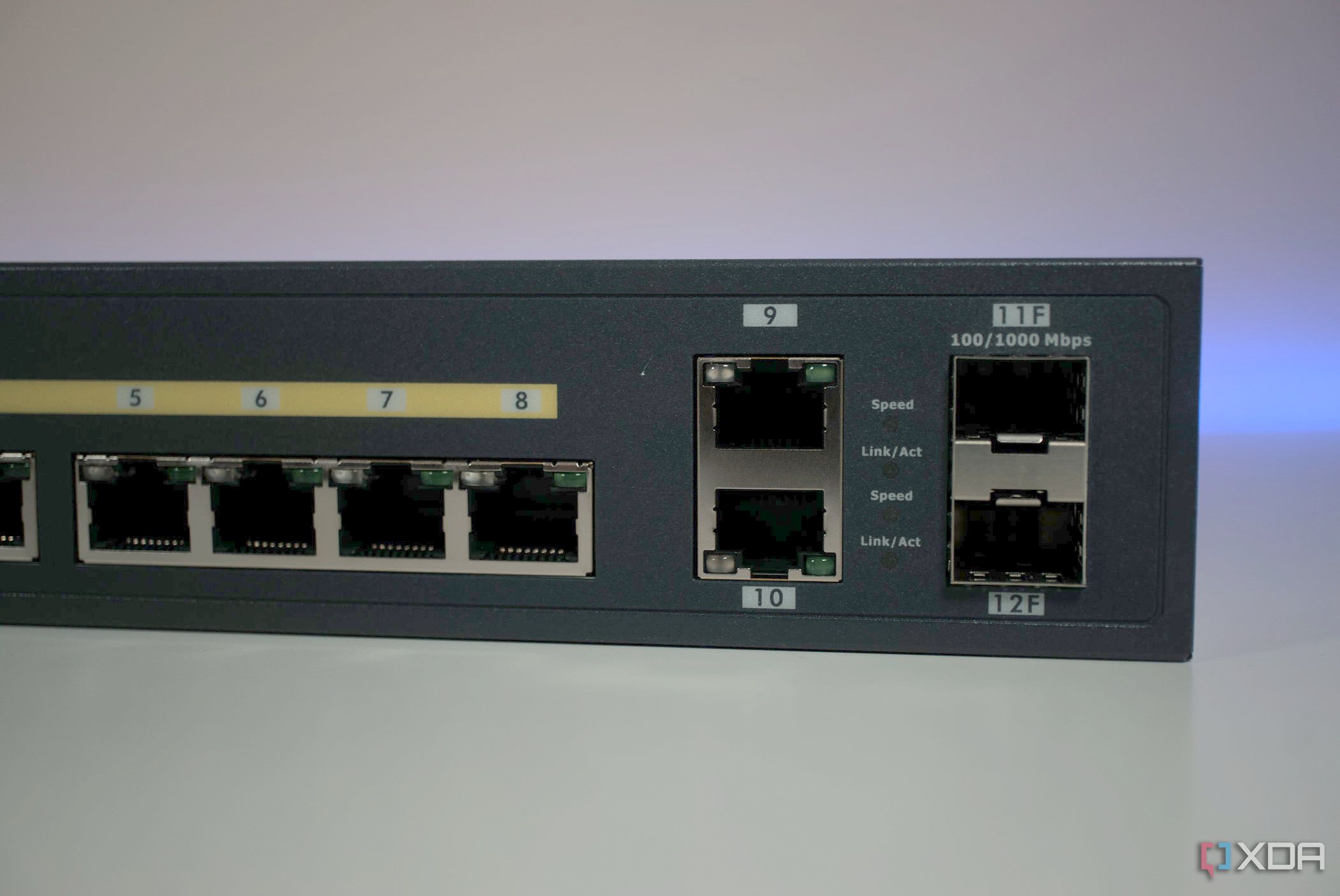
I'm no electrician, and have a healthy appreciation of what mains electricity can do to you. That keeps me away from any DIY wiring projects, which is probably safer, to say nothing about what it would do to my home insurance. I always check the wall with an enhanced stud finder before drilling to look for pipes or cables, and after working years in renovations in the UK, I know exactly how bad DIY wiring can get.
PoE uses a typical 48V, with some leeway on either side, depending on whether it's PoE, PoE+, or PoE++, and whether it's at the source or the powered device. That fits the definition of safety extra low voltage (SELV), so even if the cable is energized, you won't get a dangerous shock from it by accidentally drilling through. But because PoE is active, there's no power at all unless there's a device on the other end that negotiates power delivery, much as if a USB cable is unplugged on the device's side. It's about as safe as you can make electricity, and I'd much rather string Ethernet through my walls than any other current-carrying cable.
1 It's easier in every way
I will happily pay more to make my life easier
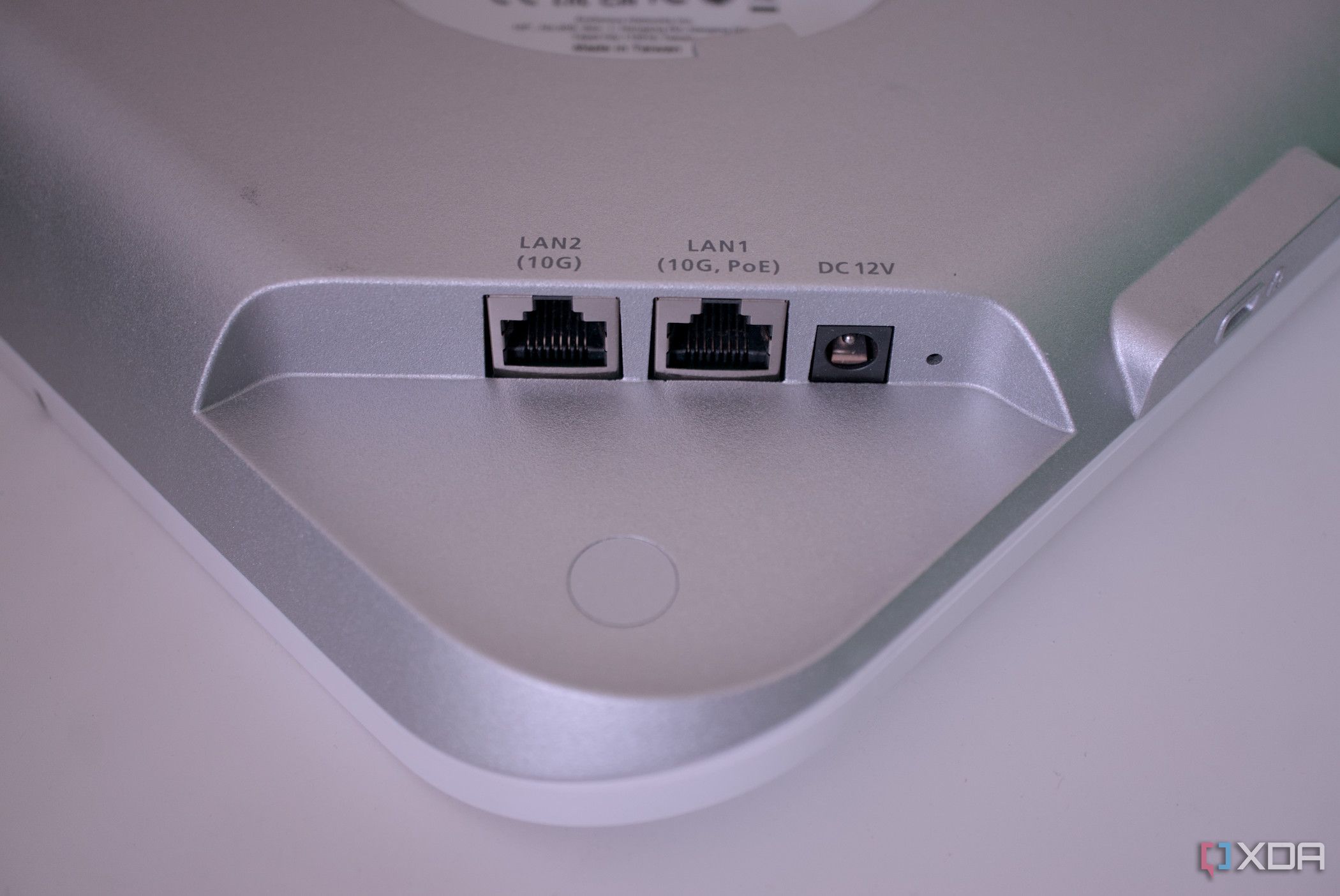
Every single step of my networking projects is made easier when using PoE. It costs a little more to begin with, but it's worth it. It's one of the only instances of "future proofing" that actually works, because I know I'll use those ports at some point, and by working on that premise, I save headaches later on.
I did try using some PoE injectors before moving to a managed switch with PoE built in, and it wasn't a good idea. The injectors are bulky, require more Ethernet cables for use, and each takes up a power socket. Plus, they're not easily monitored or managed, and the switch can reboot PoE devices from its interface if needed. Again, I hate cable clutter, I hate bulky power adapters, and I particularly hate trying to match power adapters to their devices years after I've bought them, and with PoE I don't have to deal with any of those frustrations. It just works, when precious few things do anymore.
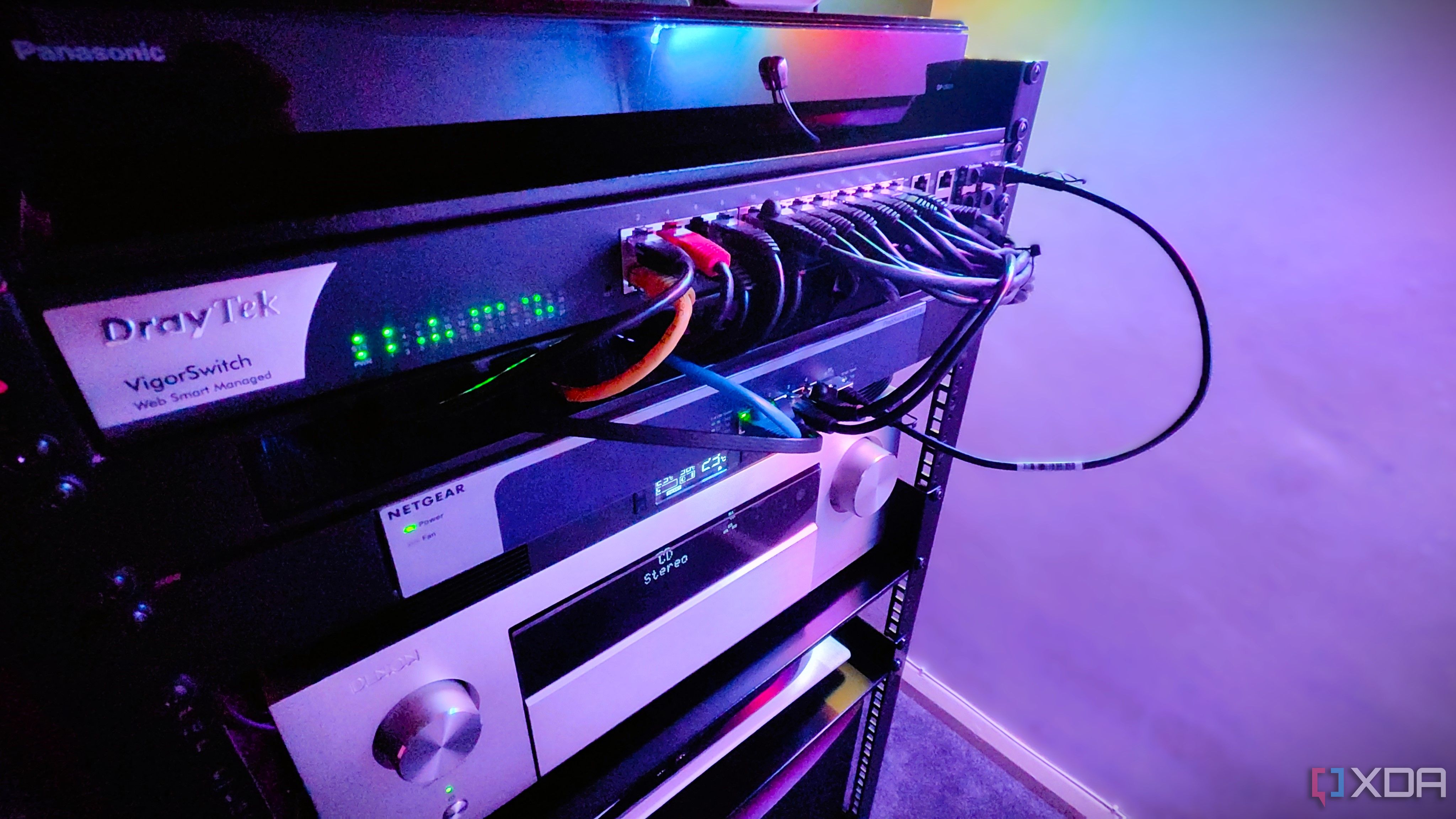
Related
7 maxims I use in my home lab to keep me sane
I'm not exactly sure 'sane' is the right term but at least it stops me from going crazier.
I won't buy network appliances that don't have power-over-Ethernet anymore
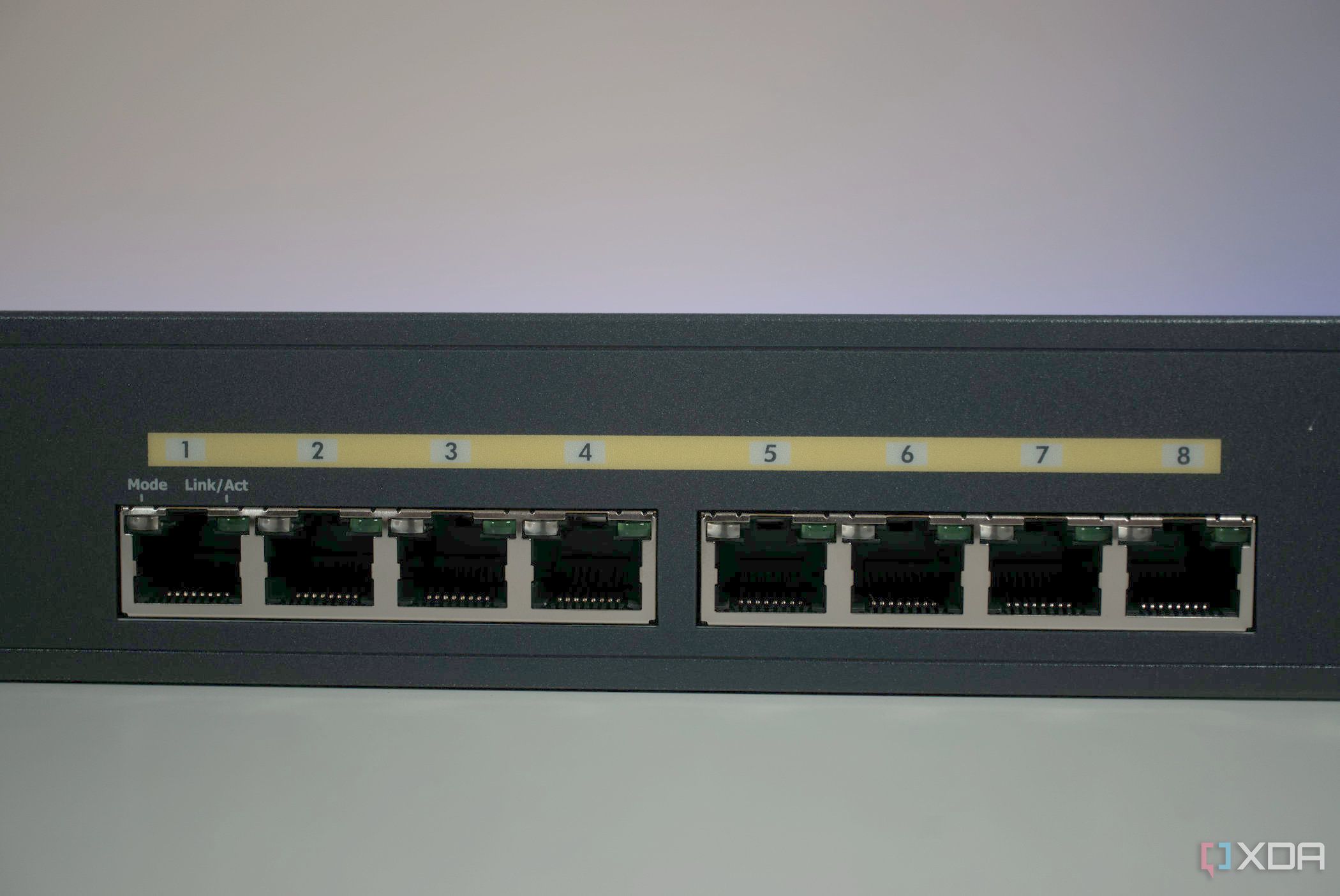
From the ease of installation, cost savings from not needing an electrician to add or move sockets, and providing another reason to hard-wire devices for stability, PoE is now a permanent fixture in my smart home. I've not got an enormous house, so I can serve the full 60W over PoE++ to any room, which means I can find the best spot on the top floor for the AP I plan to add up there, or to the garage for security cameras and maybe for a thin client on my workbench. And if I do encounter any issues, I can run a trunk connection up to a switch upstairs, eliminating the distance issues completely. The only problem I can see right now is the relatively low total power budget for this switch; however, I can add another switch to the mix and double the capacity.
.png)
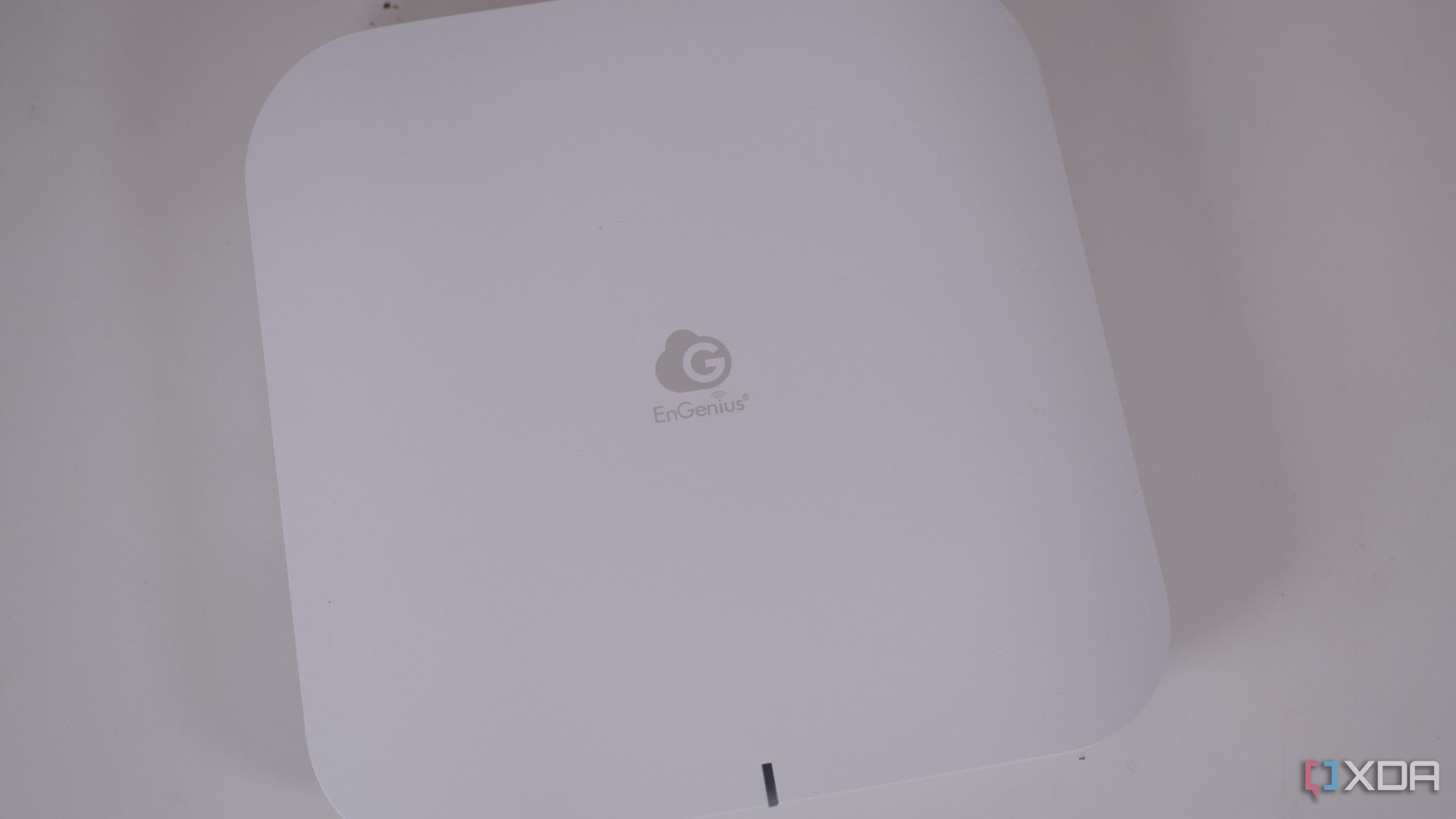
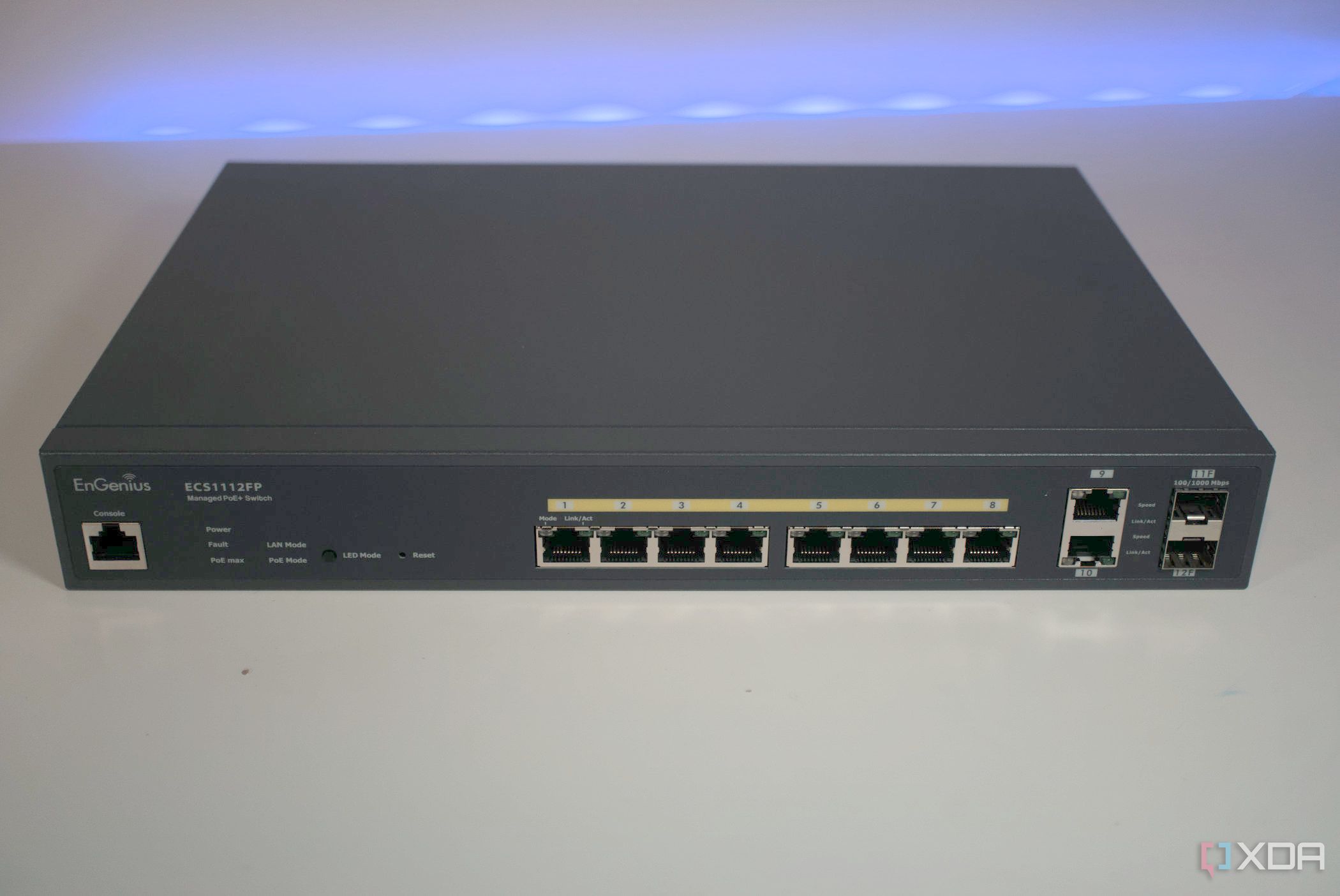
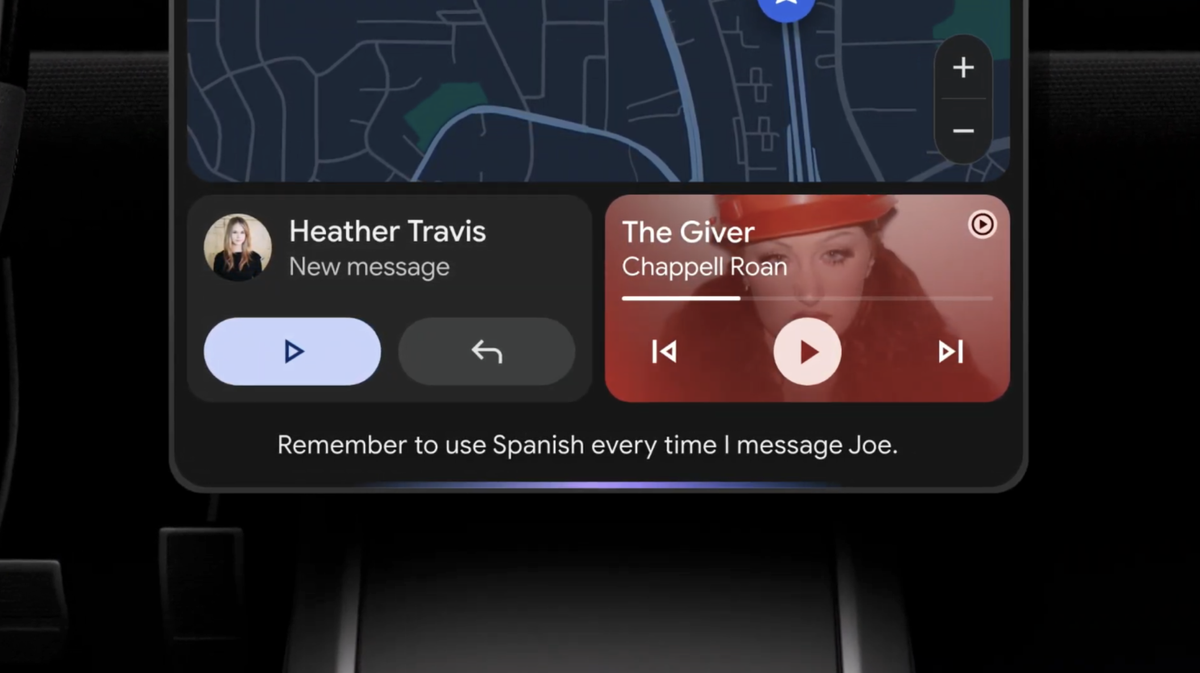

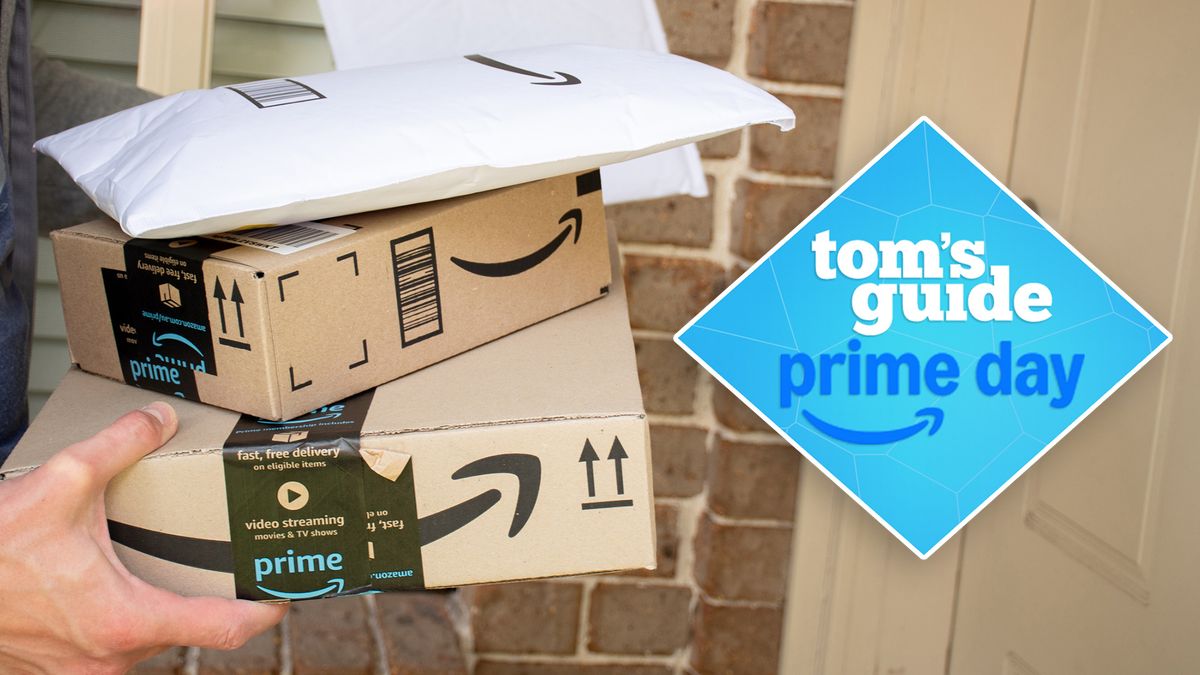
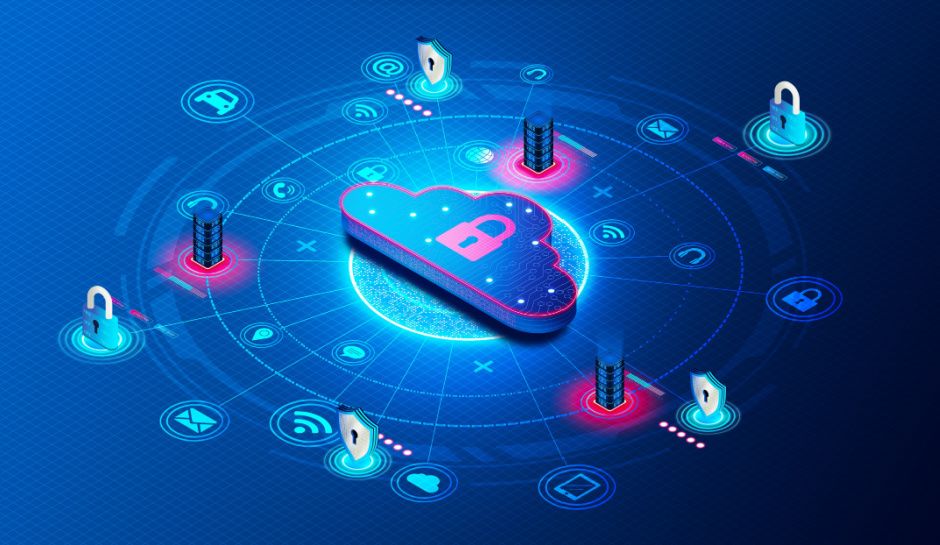






 English (US) ·
English (US) ·